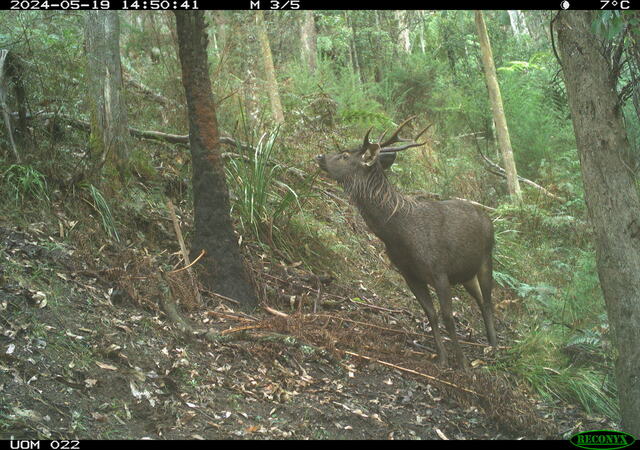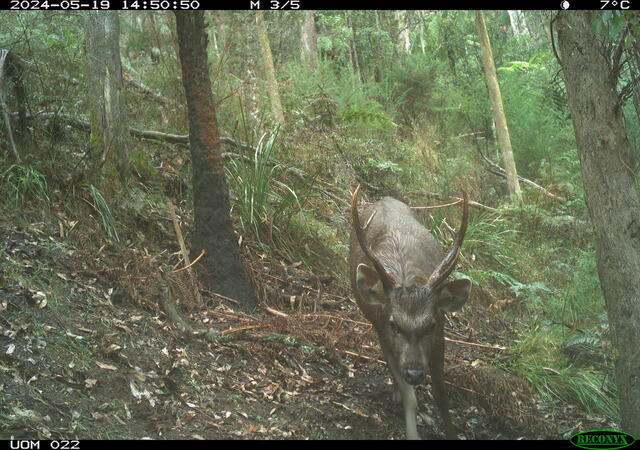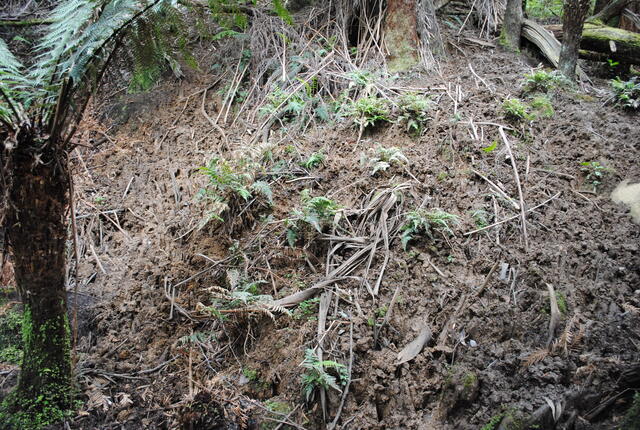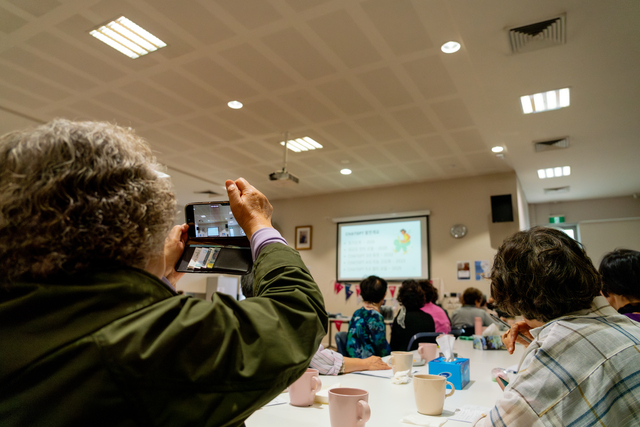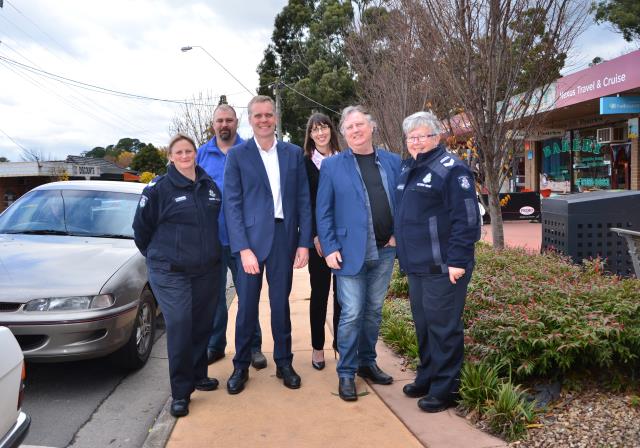Dandenong Ranges National Park (DRNP) is a vital natural area that showcases the traditional lands of the Wurundjeri People and hosts one of Victoria’s largest Mountain Ash forests.
Over the past 18 months, Parks Victoria has been actively working to manage the deer population in this beautiful park.
Funding for these crucial deer control measures comes from the Department of Energy, Environment and Climate Action (DEECA) through the Victorian Deer Control Strategy and Melbourne Water grants.
The Yarra Ranges Shire Council and the Friends of Ferny Creek Community group have also provided significant support.
Since February 2024, over 260 deer have been successfully managed in the DRNP, marking a significant step toward preserving this important natural landscape.
Convener for Friends of Ferny Creek, John Schauble expressed strong support for Parks Victoria’s efforts to mitigate the impact of deer in the park.
“These animals are significantly contributing to the degradation of forest and park areas,” Mr Schauble said.
“There are various management strategies in place, including shooting programs, which we endorse. While we do not participate directly in these activities, we believe it’s important to support initiatives that protect our natural environment.”
The DRNP is home to over 900 plant species, including more than 30 that are considered threatened.
Unfortunately, deer have been causing significant damage to the environment.
In 2021, it was reported that feral deer cost Australia about $91.3 million annually.
Parks Victoria is taking action to manage deer populations across the state, focusing on the unique conservation needs of each area.
“Our group was established over 20 years ago, originally focusing on weed management in the Ferny Creek catchment,” Mr Schauble said.
“Since then, our efforts have expanded to include the catchment of Bus Gully Creek, a tributary of Ferny Creek. While we initially faced challenges with wallabies damaging our revegetation efforts, we’ve now shifted our focus to the growing impact of deer.”
One of their current projects involves revegetation, and to protect newly planted areas, they are installing temporary fencing up to six feet high.
This creates safe zones for the plants, shielding them from deer.
“We’re excited to trial these protective measures and see the success they bring,” he said.
In the Dandenong Ranges, the goal is to reduce the numbers of Fallow and Sambar deer.
This effort is crucial not only for protecting threatened species from overgrazing but also for decreasing the risk of deer-related car accidents on nearby roads.
One particularly affected area is the Cool Temperate Rainforest in Sherbrook Forest, home to endangered plants like the Slender Tree-fern and Mountain Bird-orchid, as well as large owls such as the Powerful Owl and Sooty Owl.
The negative impact of deer is evident throughout the park, as they damage vegetation through grazing and trampling delicate plants.
Their large antlers harm trees, and their wallowing creates muddy areas that suffocate local flora.
Deer consumes vast amounts of vegetation each day, making their control essential for maintaining the park’s health.
Mr Schauble said the deer problem has become a significant issue in the Hills and is now largely out of control.
“One key step that could be taken is to declare deer a federal pest species. Currently, they are classified as game animals, which restricts the range of measures available for their eradication,” he said.
“Other states have successfully made this change, and until a similar declaration is made here, it will be challenging to implement effective strategies to manage the deer population.”
Additionally, the rising deer population poses a public safety risk. As deer frequently cross roads, they create hazards for drivers, leading to potentially dangerous collisions.
“Given that a 300-kilogram deer can cause severe damage in a car accident, this issue affects both conservation and community safety,” he said.

